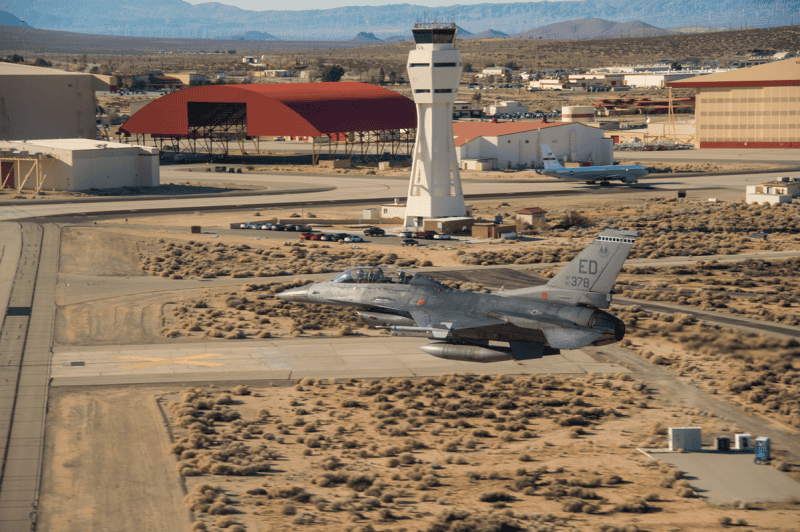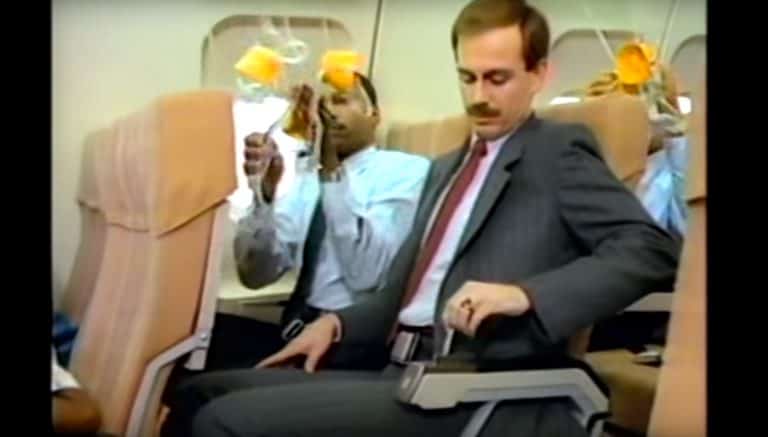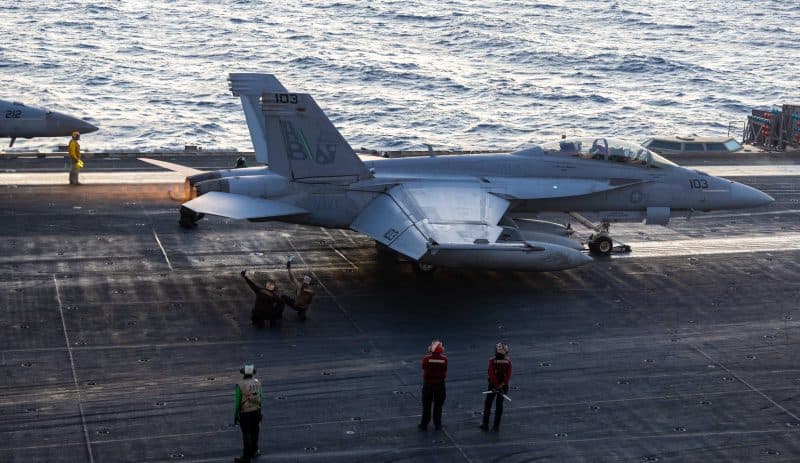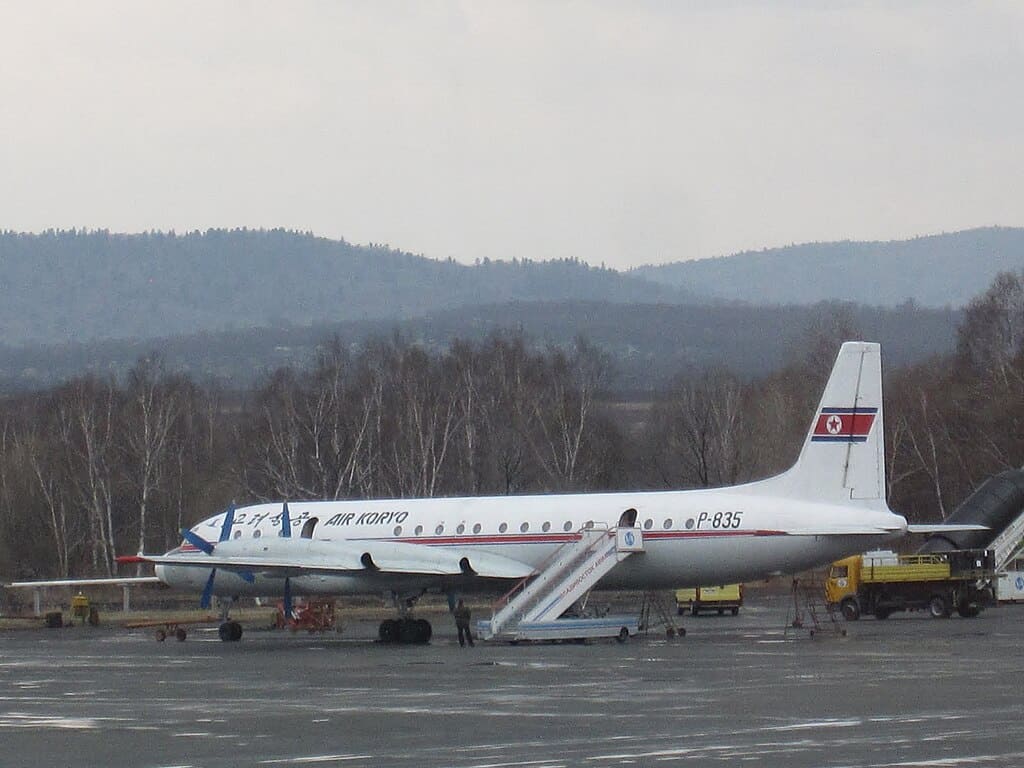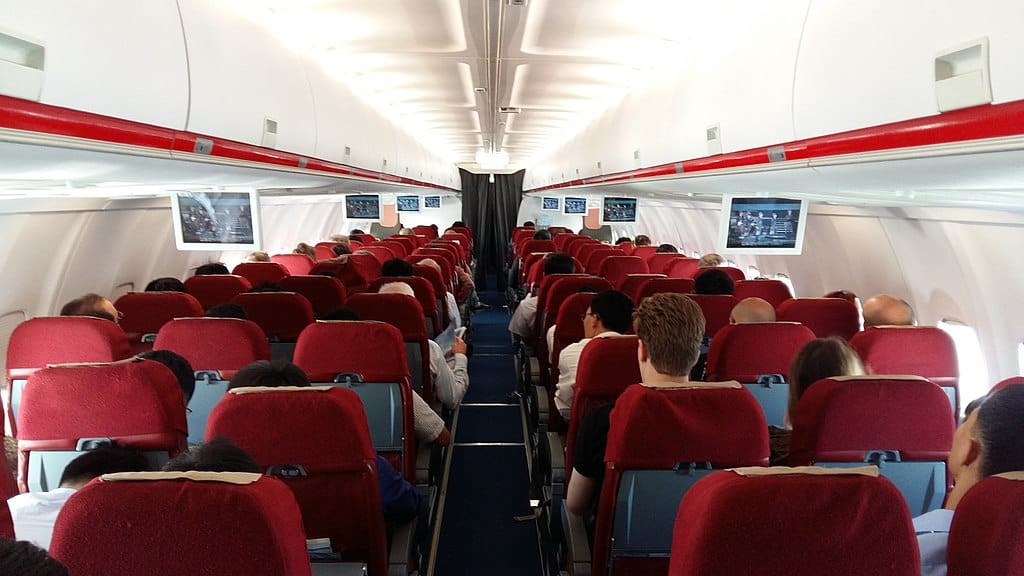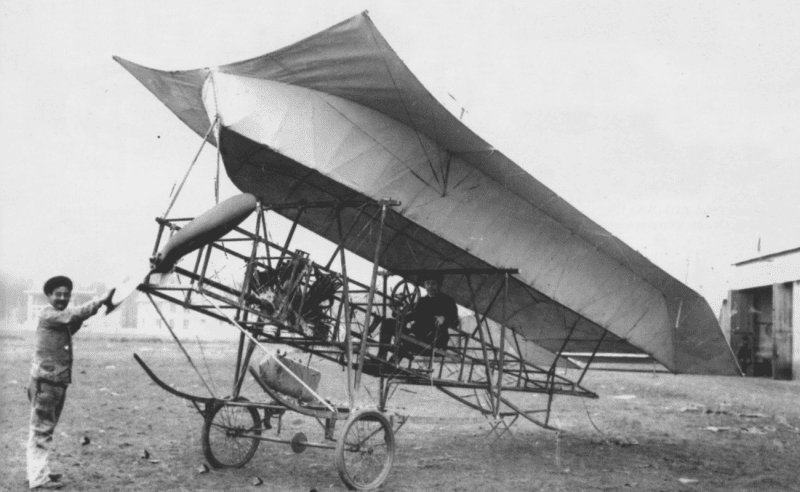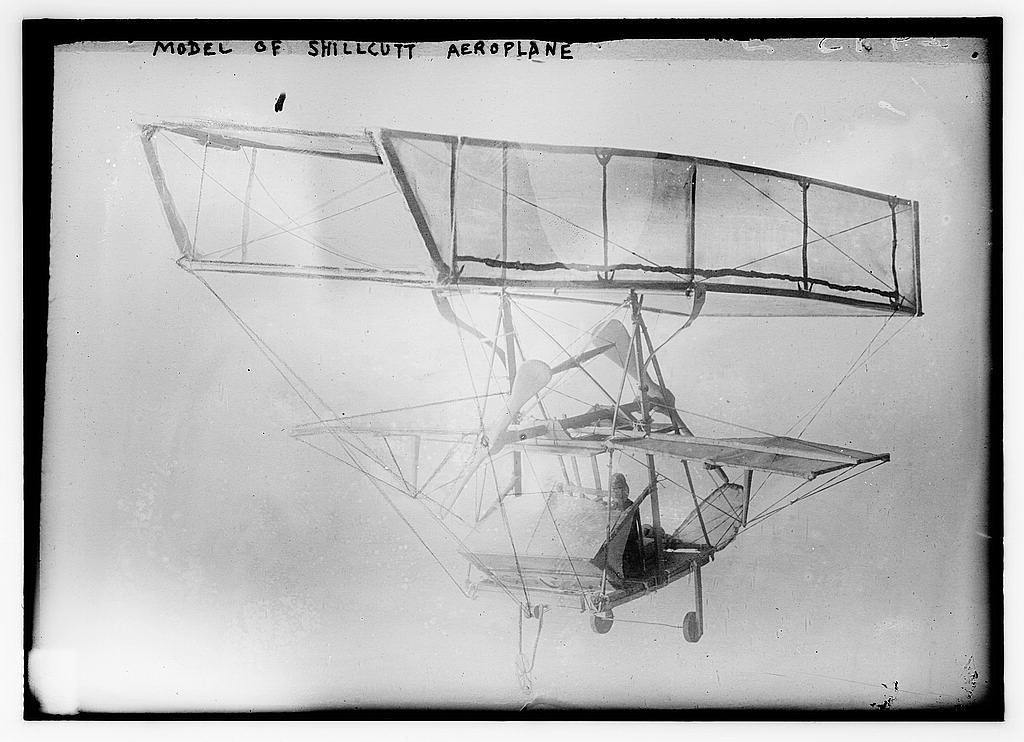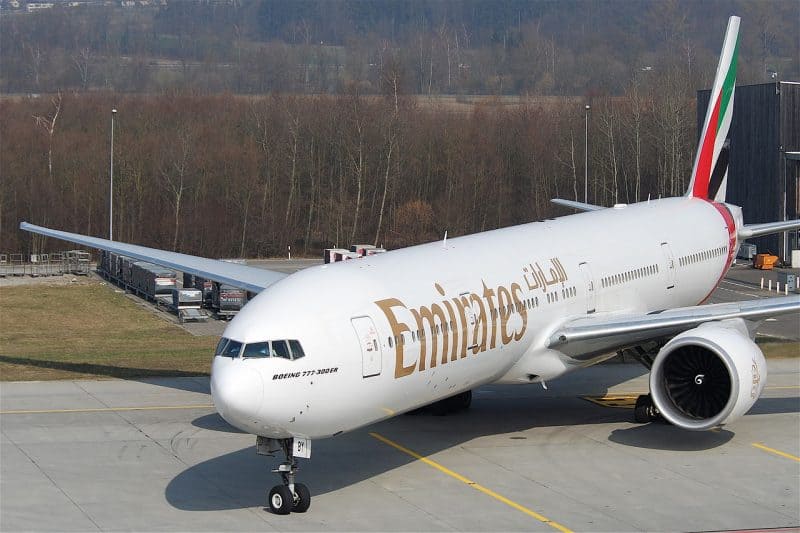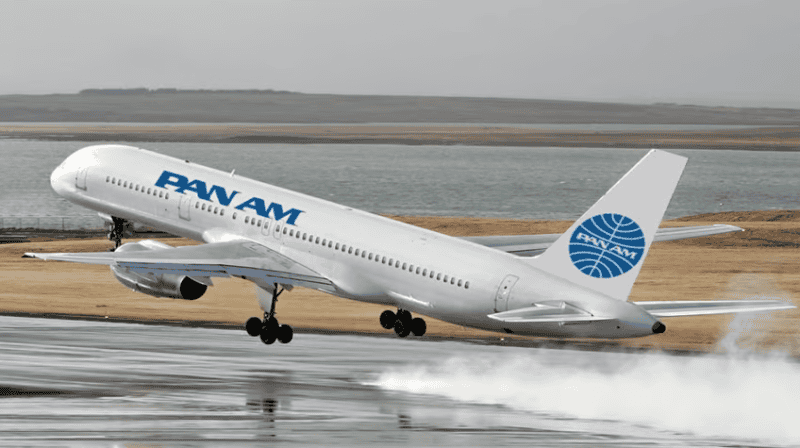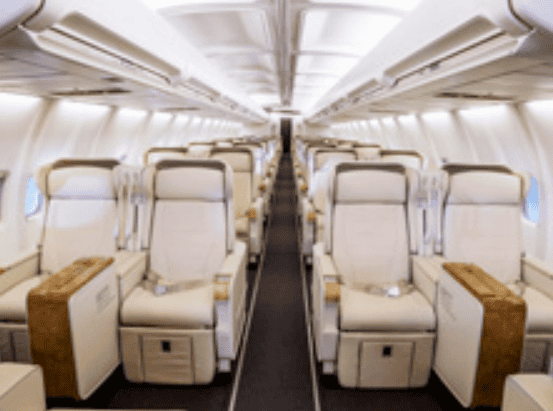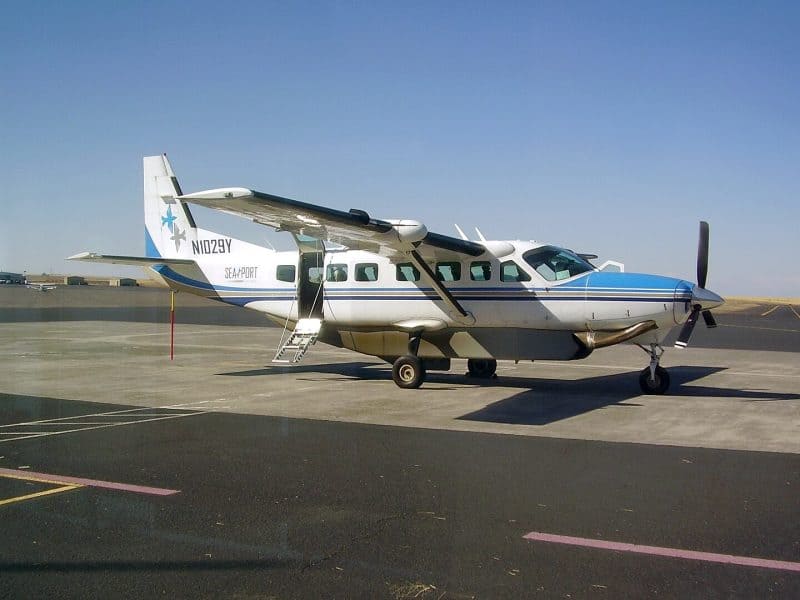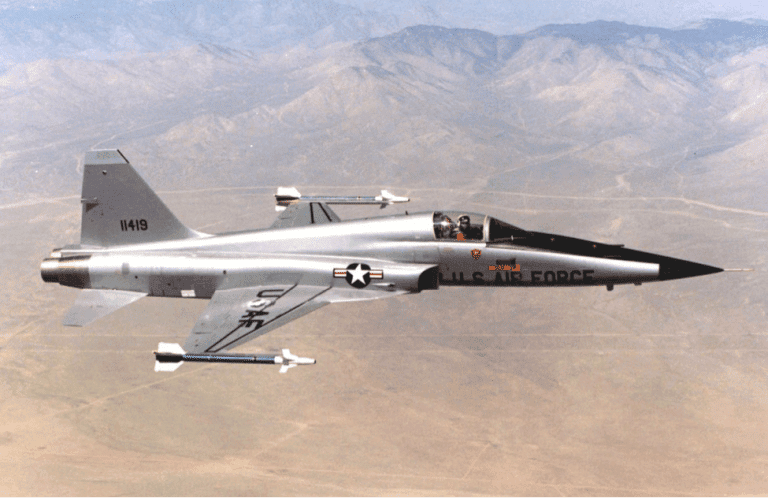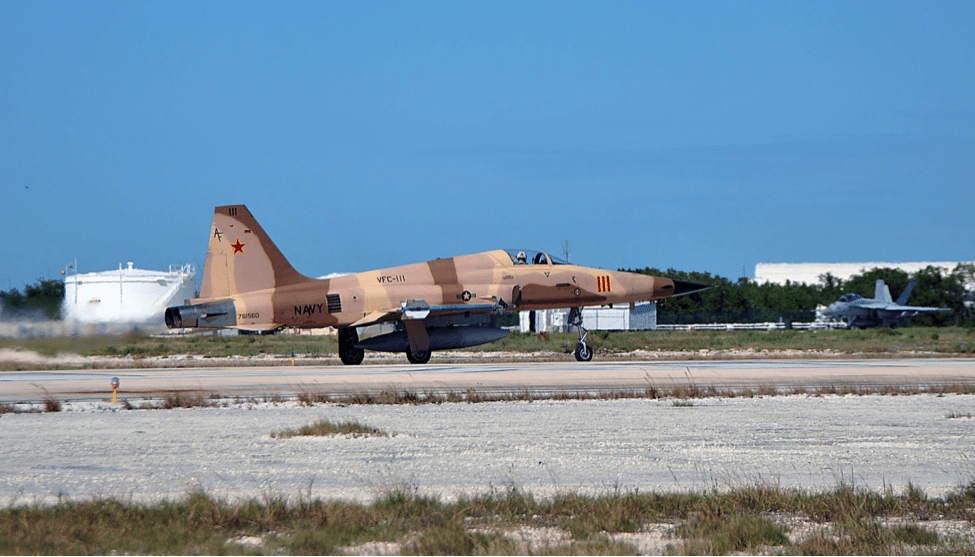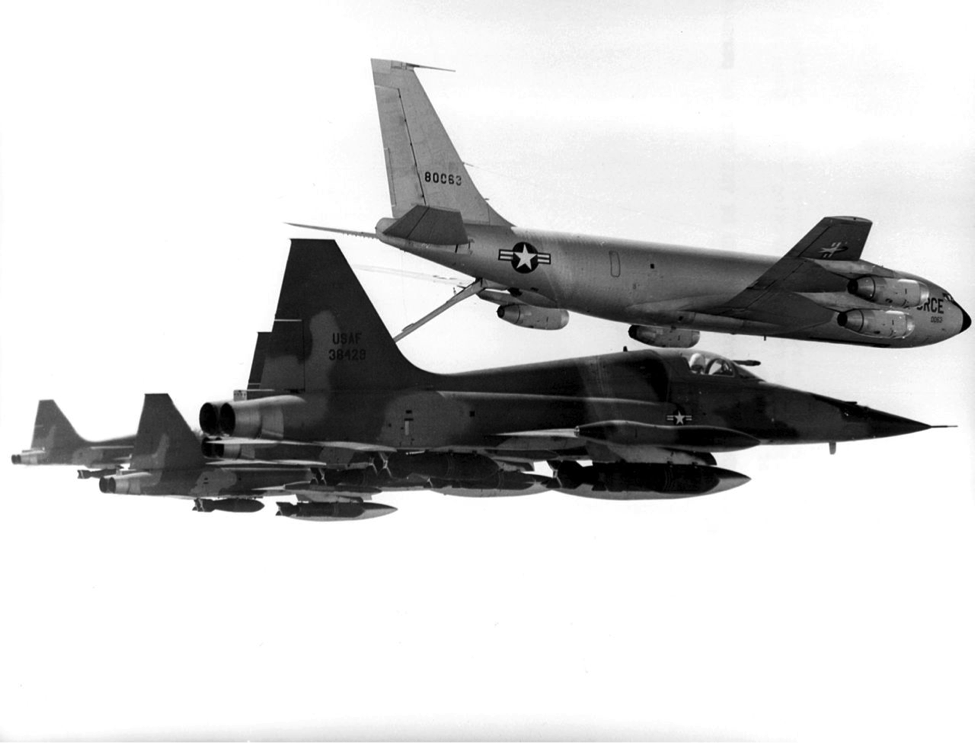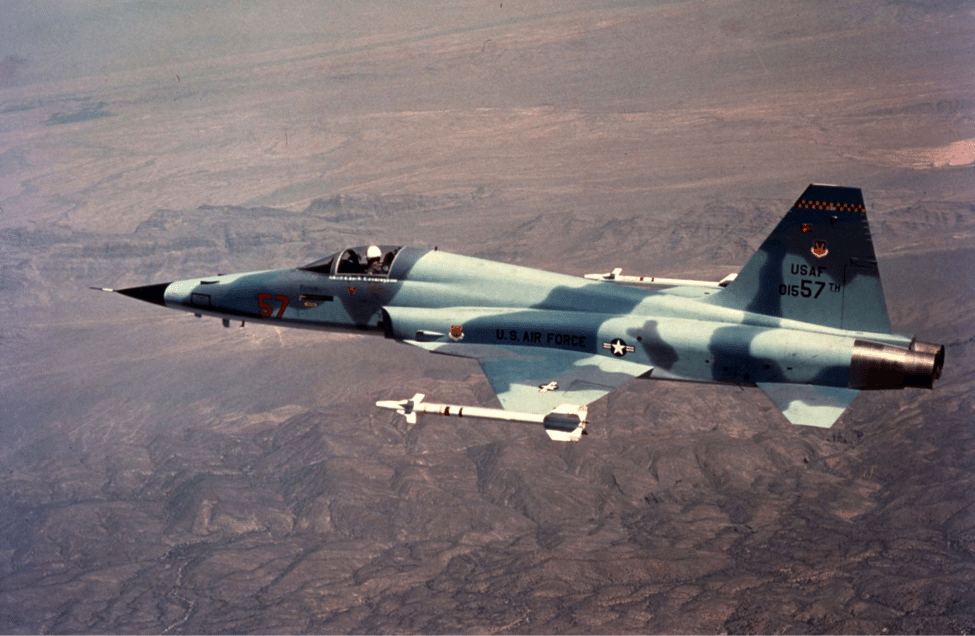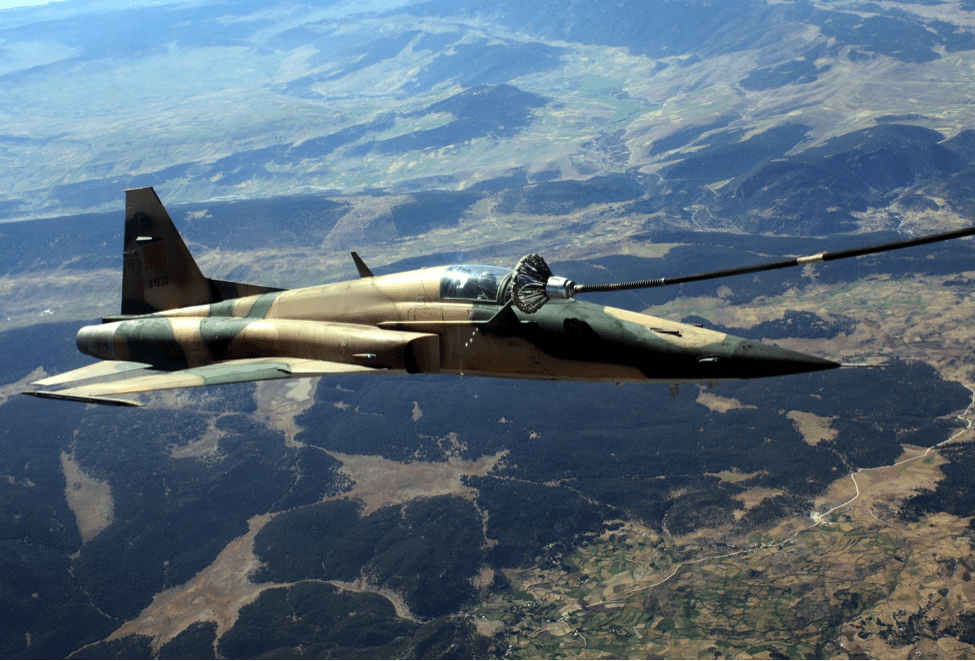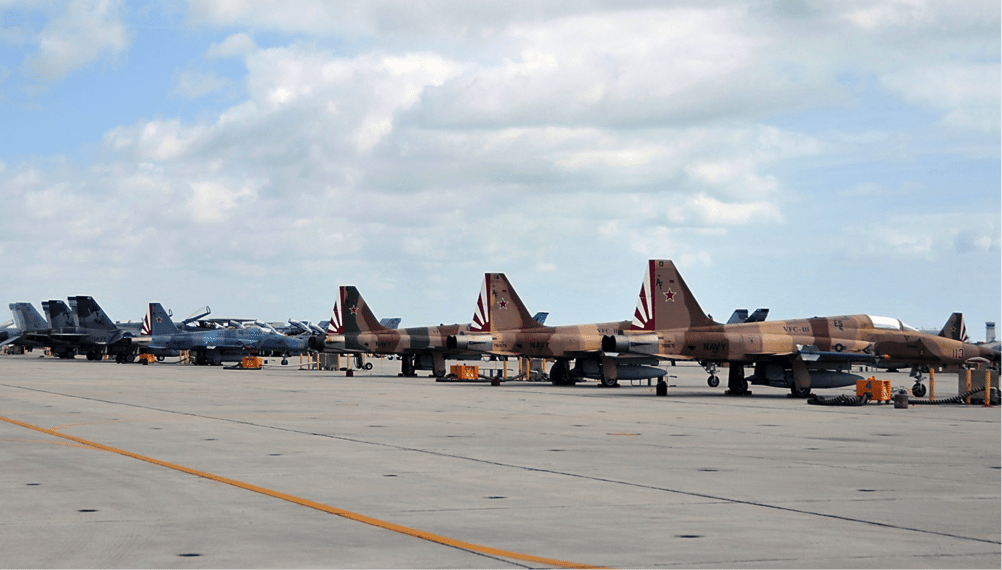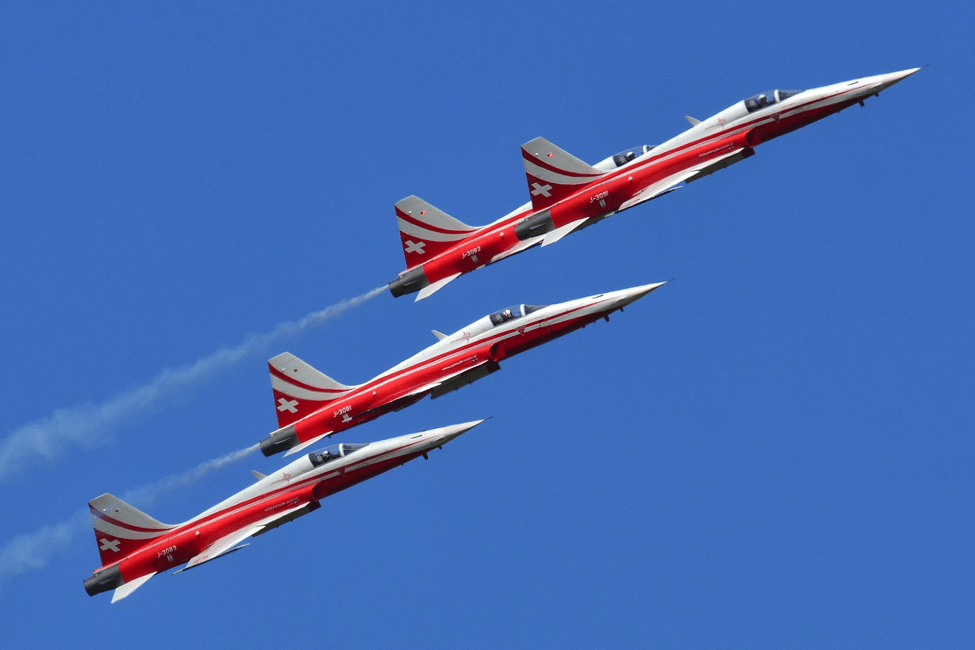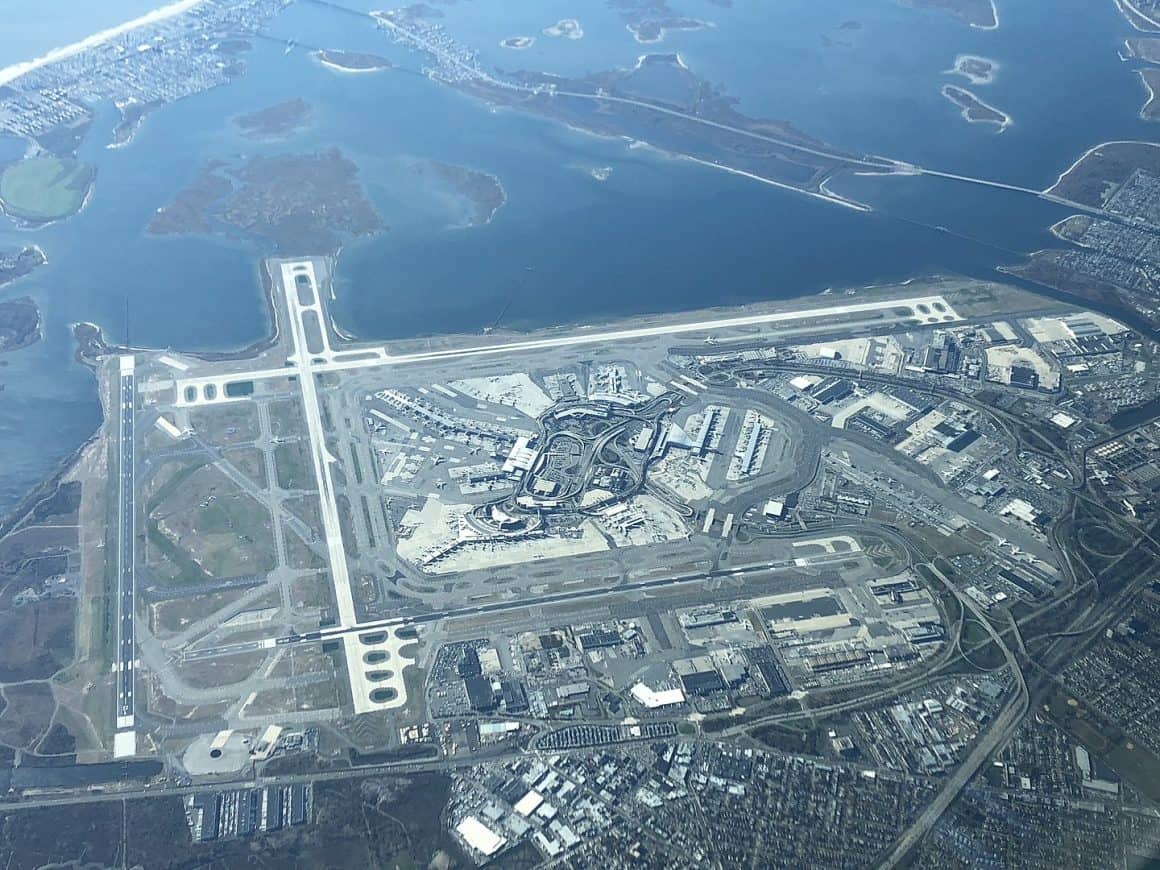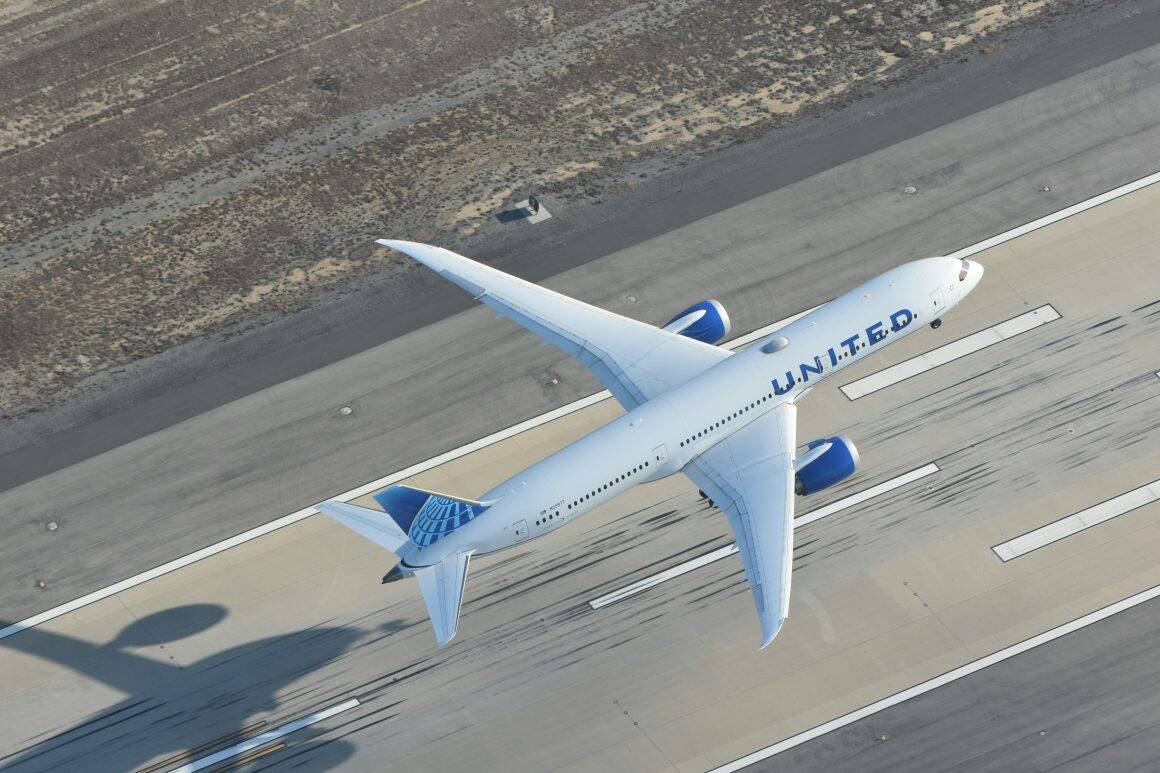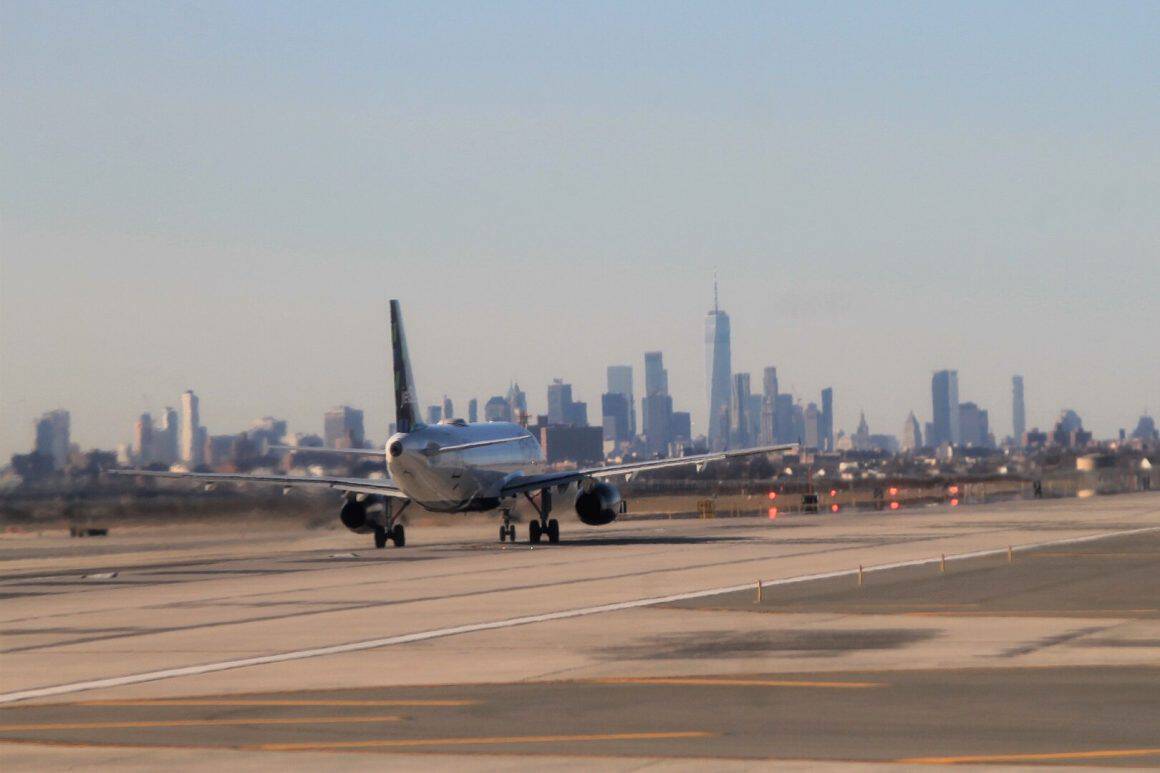Innovative ideas for aircraft testing and maintenance were some of the key projects presented at the “Spark Tank” competition finals held on 22 November 2024 at Edwards Air Force Base.
The 412th Test Wing Continuous Improvement and Innovation Team at Edwards sponsored the competition, encouraging base personnel to present innovative concepts using digital tools.
“It’s all about figuring out how to do something in an innovative way that no one’s ever done before,” said Dr. Donald Waters, Engineering Director of the 412th Test Engineering Group at Edwards.
More than 300 Airmen and Civilians Submitted Ideas
Over 300 people, active duty and civilian, submitted projects, several of which directly applied to flight testing and maintenance operations. At the event, modeled after the “Shark Tank” television show, six finalists presented their ideas to a panel of judges from base leadership.
Wireless, 3D, and AI-Driven Scanner Makes Precise Files
One project with an innovative idea was “Artec Leo – Wireless and AI-Driven 3D Scanner,” by Adam Nevis. He explained how this device allows engineers and maintainers to scan parts while still installed on their machines. Nevis provided an example of a damaged part in a hangar gear motor. The Artec-Leo could operate wirelessly, scan the part, and create a CAD file. Then, a 3-D printer fabricated the part immediately when it would have taken eight weeks to order it.

Nevis also stated that the AI-driven scanner can produce accurate files with exact tolerances and thicknesses. The files work with 3D printers to produce temporary or permanent parts made from stainless steel or even carbon fiber.
An advantage of the Artec Leo is that it can create scans of discontinued items, extending the service life of equipment. Nevis did not mention using the scanner to make aircraft parts. However, even if they only use it for innovative ideas for hangars and other equipment, it will still help support efficient operations at military bases or airports.

Tablets on Flightline for Test Data and Modifications
Another of the projects in the Spark Tank finals was “Digital T-2 Modifications on the Flightline” by Alex Ramirez. This system will assist with designing, fabricating, and maintaining modifications and test equipment. Personnel can use Surface Pro tablets to track and access flight-test data. This aviation innovation will be especially useful at Edwards, where testing is a key part of the mission.
Ordinarily, modification packages and operations books are kept in thick binders, some with hundreds of pages, which are not easy to use or efficient in the flightline environment. This T-2 system gives personnel immediate access to flight and testing data.

This system allows engineers to modify files digitally directly in response to test data. It also includes a function to allow people to sign maintenance documents at the aircraft instead of doing it later. Ramirez said this will reduce aircraft downtime and save engineers man hours.
This system differs from the E-tools system aircraft maintainers use for normal operations. The E-tools system allows maintainers to document when they complete work orders. It also gives them access to digital versions of technical manuals, which is more efficient than searching paper versions for sections they need to perform maintenance. The T-2 system at Edwards will be different. Engineers will use it for testing and modifications instead of regular maintenance.
Auto Crib Provides Near-Instant Access to Bench Stock Items
A third project offering support to aircraft maintainers was “Modernizing Supply Bench Stock” from Staff Sgt. Victor Garcia of the 411th AMU Raptor Squadron at Edwards proposed that the base adopt the Auto Crib system to digitize and improve the bench stock system. Bench stock items can include pins, clips, nuts, bolts, safety wire, lubricants, washers, gaskets, and more. Maintainers often need quick access to items like this.

The Auto Crib system looks like a self-checkout unit or vending machine you might find in a convenience or grocery store. Personnel use a panel to locate and request any items they need. The machine opens a panel and provides the requested components within seven seconds.
This basic system can hold 2574 customizable bins containing items specific to aircraft models. Auto Crib can also expand the basic units with more bins. It allows returns, automatically generates purchase orders, and reorders inventory items when stock runs below pre-established levels.

The Air Logistics Complex at Warner Robins AFB already uses the Auto Crib system, which exemplifies its efficiency. If a bench stock item falls to an established level, then supplier Lockheed Martin is automatically tasked and has 24 hours to deliver the items to Robins. This failsafe feature keeps maintainers working and prevents work stoppages. Hill and Tinker Air Force Bases are also using Auto Crib.

Innovation to improve aircraft testing and maintenance
The innovative ideas presented at the Spark Tank competition promise to improve aircraft testing and maintenance.
“As we witness rapid advancements in digital capabilities, it is imperative that we harness the power of data to enhance our operations, improve efficiencies, and drive mission success,” said Rebecca Kern, the 412th Test Wing Innovation Project Officer.

